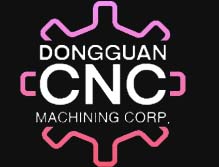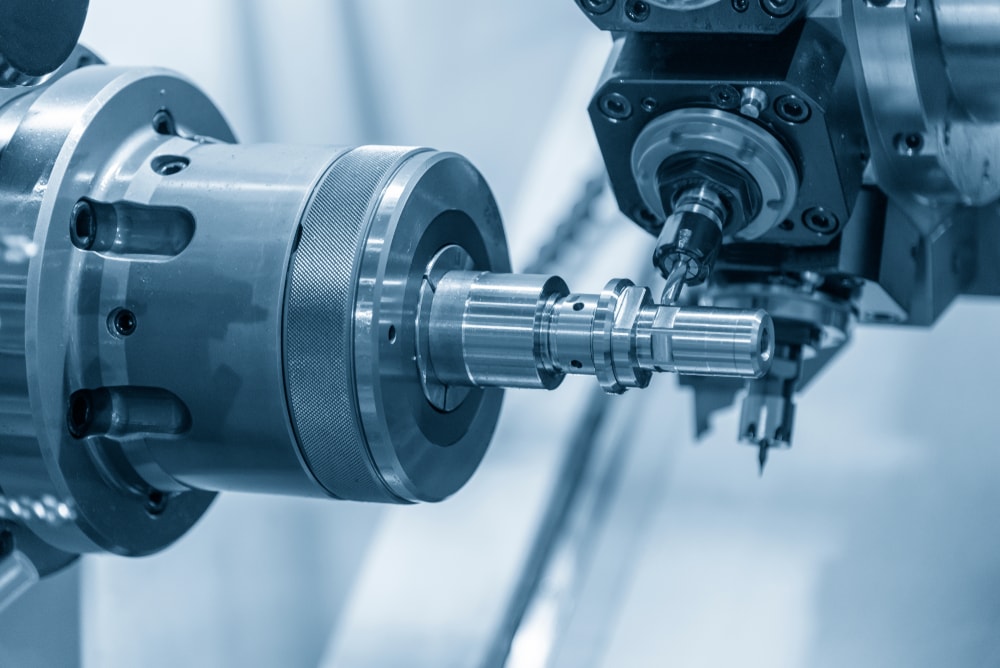What Is the Difference Between CNC Turning and Milling?
Computer numerical control (CNC) machining is a manufacturing process that uses computerized controllers to operate machine tools. This technology has been around for decades and has been used extensively in the aerospace, medical, industrial, and electrochemical industries.
CNC milling and turning are two of the most common processes in CNC machining. Though both involve the use of computer-controlled machinery, there are several key differences between the two.
Here, we will take a closer look at those differences to help you better understand which process is right for your project.
What is CNC turning?
CNC turning is a machining process that uses computer numerical control (CNC) to rotate a workpiece while it is held in a chuck. This rotating motion, combined with the movements of the cutting tool, allows for precise and repeatable machining of cylindrical parts.
CNC turning can be used to create parts of various shapes and sizes, from small components to large-scale workpieces. The process is well suited for high-volume production and one-off parts, making it a versatile manufacturing solution.
CNC turning is a subtractive manufacturing process, meaning that material is removed from the workpiece to create the desired shape. The process can be performed on various materials, including metals, plastics, and composites.
Let’s dive into the benefits of using CNC lathes for turned parts.
The benefits of CNC turning
The benefits of CNC turning are numerous and can be extremely helpful in a variety of manufacturing settings. The most obvious benefits are the following:
- CNC turning can significantly increase the speed and accuracy of production.
- CNC turning can produce parts with very tight tolerances.
- CNC turning can create complex shapes that would be difficult or impossible to create using other methods.
- CNC turning is a very fast and efficient way to produce parts in large quantities.
- CNC turning can be used to produce parts from a variety of materials, including metals, plastics, and composites.
- CNC turning is a very versatile manufacturing process that can be used to create a wide variety of parts and products.
Another significant benefit of CNC turning is that it can help to reduce the amount of waste produced during manufacturing. This is because CNC machines can be programmed to produce parts with very specific dimensions, which reduces the need for material trimming or other forms of waste.
Overall, the benefits of CNC turning can be beneficial for a variety of manufacturing businesses. CNC machines can help to improve the speed and accuracy of production while also reducing waste. These benefits can ultimately lead to increased efficiency and profitability for a business.
Now, let’s talk about CNC milling.
What is CNC milling?
CNC milling is a machining process that uses computer-controlled rotary cutting tools to remove material from a workpiece. Tool paths are created from a CAD file and uploaded to the CNC machine, which then controls the motion of the tool to remove material and create the desired shape. The process can be performed on various materials, including metals, plastics, and composites.
CNC milling is a versatile machining process that can be used to produce a variety of parts with a high degree of accuracy. CNC milling can also be used to produce parts with a variety of surface finishes. It is commonly used in the aerospace, automotive, medical, and energy industries.
So why should you use CNC milling?
The benefits of CNC milling
CNC milling offers a number of benefits over traditional machining methods. The following are some of the most notable benefits of CNC milling:
- CNC milling allows for precise and repeatable machining of parts.
- CNC milling can be used to create complex shapes and geometries.
- CNC milling can be used to create parts with a high degree of dimensional accuracy.
- CNC milling can be used to create parts with a smooth surface finish.
- CNC milling can be used to create parts with various material properties.
- CNC milling can be used to create parts with different thicknesses and sizes.
Overall, CNC milling is a popular manufacturing process due to its many benefits, including increased accuracy and repeatability, increased productivity, increased versatility, and reduced waste. This technology can be used to create a wide variety of parts and products, from simple prototypes to complex end-use components.
Final thoughts: Difference between CNC turning and milling
CNC milling and turning are both processes that are used to create parts and products from raw materials. Both processes can be used to create a variety of different shapes and sizes, and both require the use of a CNC machine.
However, there are some key differences between CNC milling and turning. CNC milling involves rotating cutting tools to remove material from a stationary workpiece, which is typically square or rectangular. CNC turning utilizes a lathe to rotate primarily round bar stock while using cutting tools to remove material.
Ultimately, the decision of which process to use depends on your project’s specific requirements. CNC milling and turning can produce high-quality parts and products.




 Email This Post
Email This Post